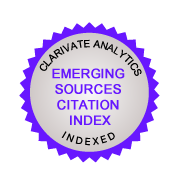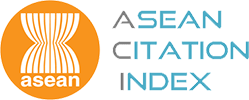Dynamic Financial Linkages of Japan and Asean Economies: Evidence Based on Real Interest Parity
Keywords:
Interest linkages, real interest differentials, mean reversion, halflife, financial integrationAbstract
This article provides empirical evidence on the dynamic linkages of real interest rates among the ASEAN-5 during the post-liberalisation era (1984-1997). The upshots of our findings are four-fold. Firstly, there were co-movement of ASEAN real rates in the long-run and dynamic causalities in the short-run, which explicitly indicated monetary inter-dependency among the ASEAN countries. Secondly, most of the forecast error variance of real interest rates in own country can be attributed to other ASEAN-4’s innovations (more than 50%), which partly explains the contagion effects during the Asia crisis of 1997/98. Thirdly, the real interest differentials are mean reverting over time, implying that RIP holds between ASEAN-Japan (except Singapore) and ASEAN-US. Forthly, the deviations from RIP have half-lives of around 6 to 11 months, meaning RIP adjustments change rapidly to its parity of equilibrium value. All in all, this finding supports the recent proposal of Currency Union with the Japanese yen taken as common currency.
Additional Files
Published
01-06-2007
How to Cite
Baharumshah, A. Z., Haw, C. T., & Khong, W. L. R. (2007). Dynamic Financial Linkages of Japan and Asean Economies: Evidence Based on Real Interest Parity. International Journal of Management Studies, 14(1), 23–48. Retrieved from https://e-journal.uum.edu.my/index.php/ijms/article/view/9819
Issue
Section
Articles












